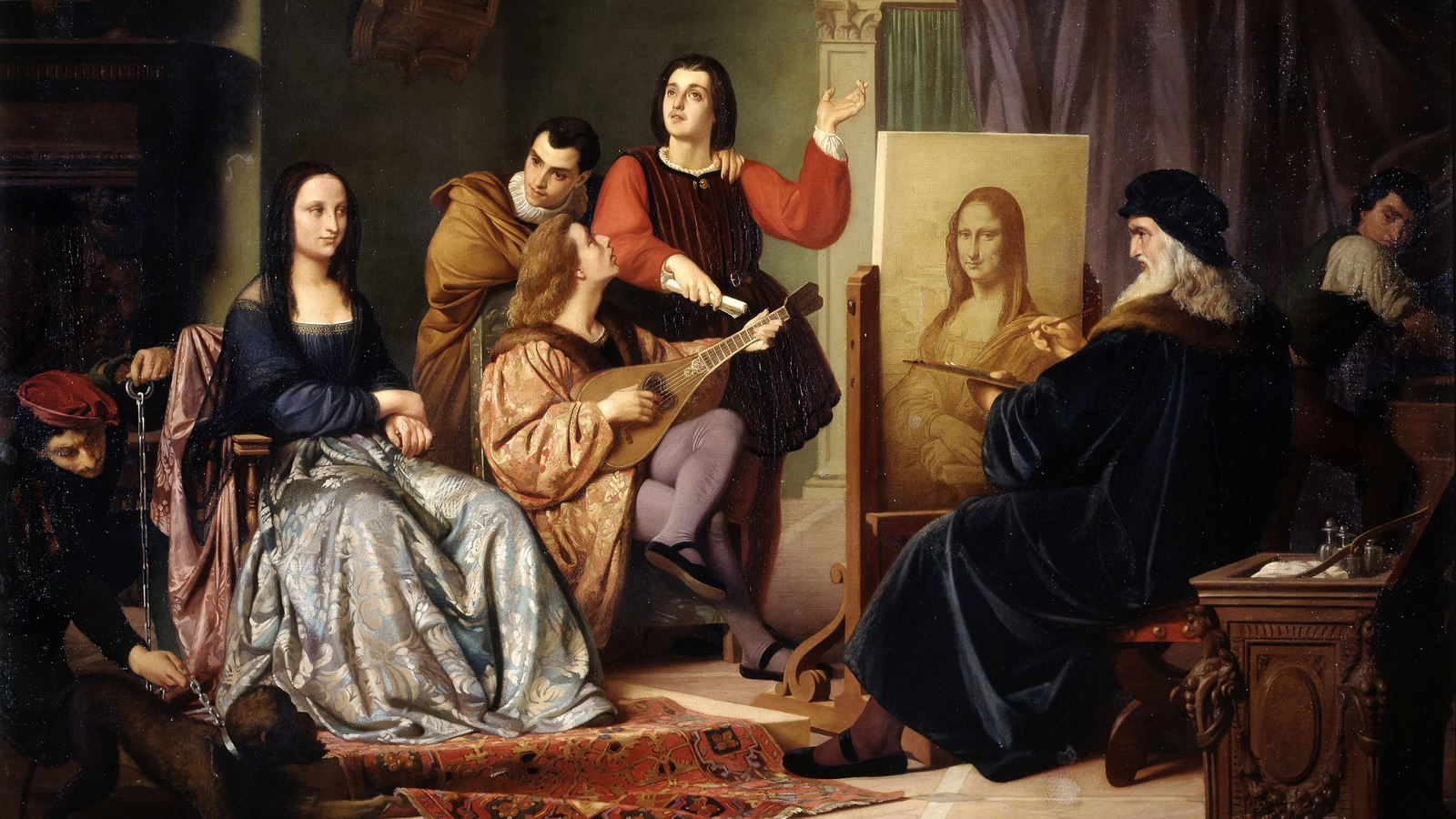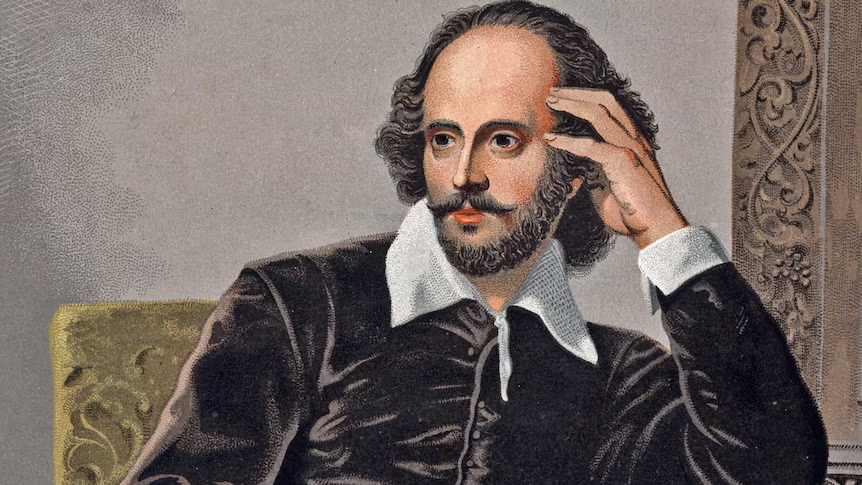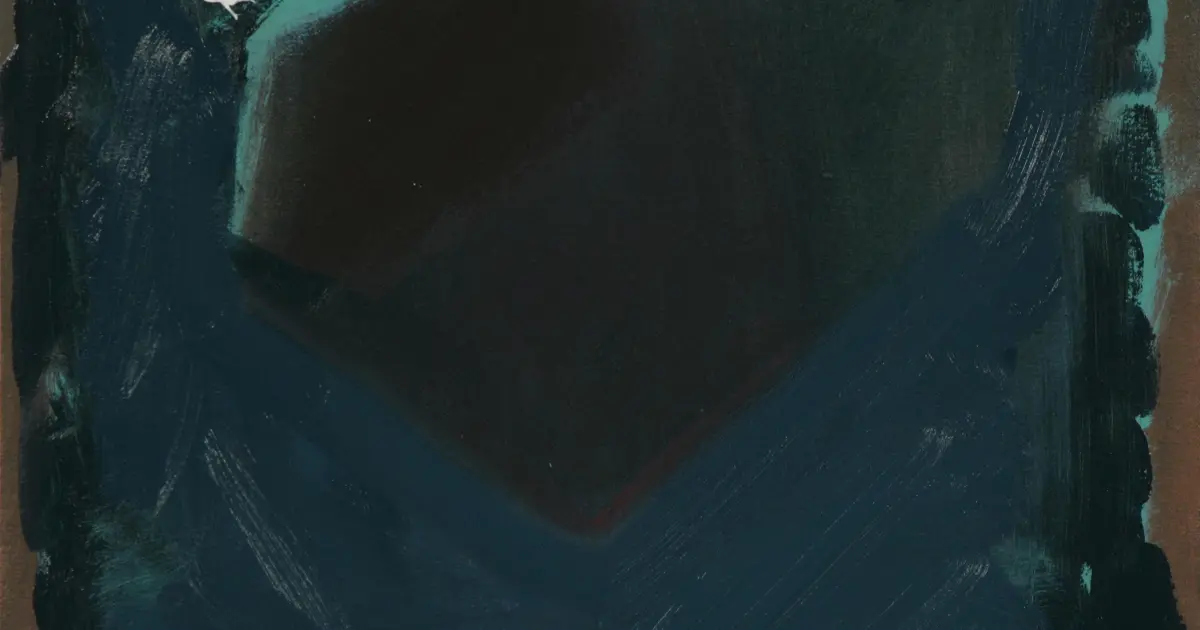Leonardo da Vinci (1452–1519) is celebrated as one of the most influential artists and thinkers in history. Best known for masterpieces like “Mona Lisa” and “The Last Supper”, Leonardo’s work blends artistic mastery with scientific precision. Trained in Florence during the Italian Renaissance, he elevated art through his understanding of anatomy, light, and emotion, setting new standards for realism and technique. His notebooks, filled with sketches and observations, reveal a mind deeply engaged in engineering, anatomy, and natural sciences, making him the true embodiment of a “Renaissance man.”
Leonardo’s unique ability to integrate art with scientific curiosity has made his works subjects of academic study, museum exhibitions, and modern innovation. Art historians and experts admire how he used layered techniques and sfumato shading to create lifelike imagery that continues to captivate audiences worldwide. His anatomical drawings, such as the Vitruvian Man, reflect a deep pursuit of knowledge that bridges both science and creativity.
With insights drawn from expert analysis and historical sources, this article highlights Leonardo da Vinci’s enduring legacy. His influence on art, design, and innovation proves timeless, making him not only a master artist but also a pioneer whose vision still shapes the way we see the world today.





